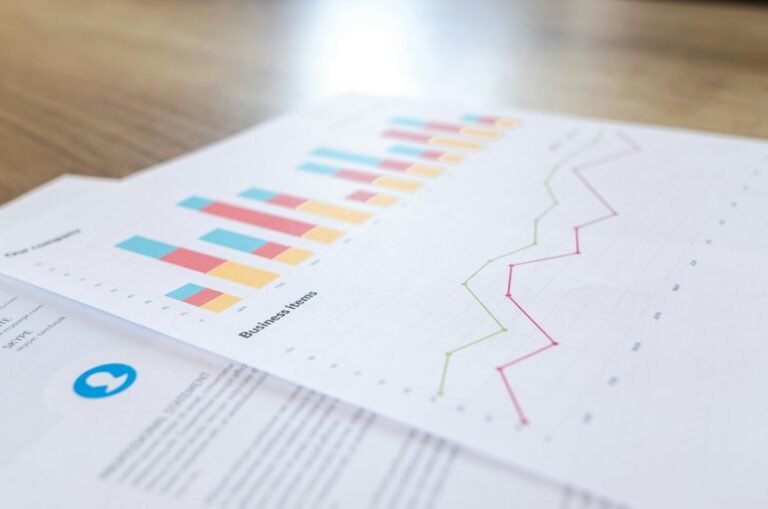Structured Data Records of 8884988131, 8884998712, 8885095442, 8885847498, 8886355144, 8886375121
The structured data records for the specified phone numbers reveal significant trends in communication patterns. By examining call frequency, duration, and peak interaction times, analysts can uncover behavioral insights. These insights are essential for businesses aiming to refine marketing strategies and enhance consumer experiences. However, the implications of this data extend beyond commercial interests, raising critical questions about privacy and trust in the digital age. What measures should be taken to ensure responsible data usage?
Overview of Phone Number Records
Although phone numbers serve as fundamental identifiers in communication, their associated records provide a wealth of structured data that facilitates various analytical applications.
Phone number identification is crucial for understanding user behavior, while call frequency data reveals patterns in communication habits. Such information can empower individuals and organizations, promoting informed decision-making and enhancing connectivity in a landscape that values autonomy and privacy.
Analysis of Usage Patterns
How do usage patterns derived from phone number records illuminate user behavior?
Analyzing call frequency reveals significant usage trends, indicating users’ preferences and communication habits. Patterns in peak calling times, duration, and frequency provide insights into social interactions and engagement levels.
Understanding these dynamics enables a clearer picture of how individuals connect, fostering a deeper comprehension of societal communication frameworks and personal relationships.
Implications for Businesses and Consumers
The analysis of usage patterns derived from phone number records presents significant implications for both businesses and consumers.
Businesses must prioritize data privacy to cultivate consumer trust, as breaches can lead to reputational damage and loss of clientele.
Conversely, consumers benefit from targeted services but must remain vigilant about their personal information, ensuring that their freedom is respected in an increasingly data-driven marketplace.
Conclusion
In conclusion, the structured data records of the specified phone numbers reveal significant insights into communication behaviors, highlighting trends in frequency, duration, and timing. These patterns enable businesses to optimize marketing strategies while enhancing consumer experiences. As companies harness this data for innovation, they must also prioritize data privacy and trust, ensuring a balance between commercial interests and ethical responsibilities. Ultimately, understanding user behavior fosters stronger connections, cultivates informed decisions, and drives mutual satisfaction in the marketplace.







